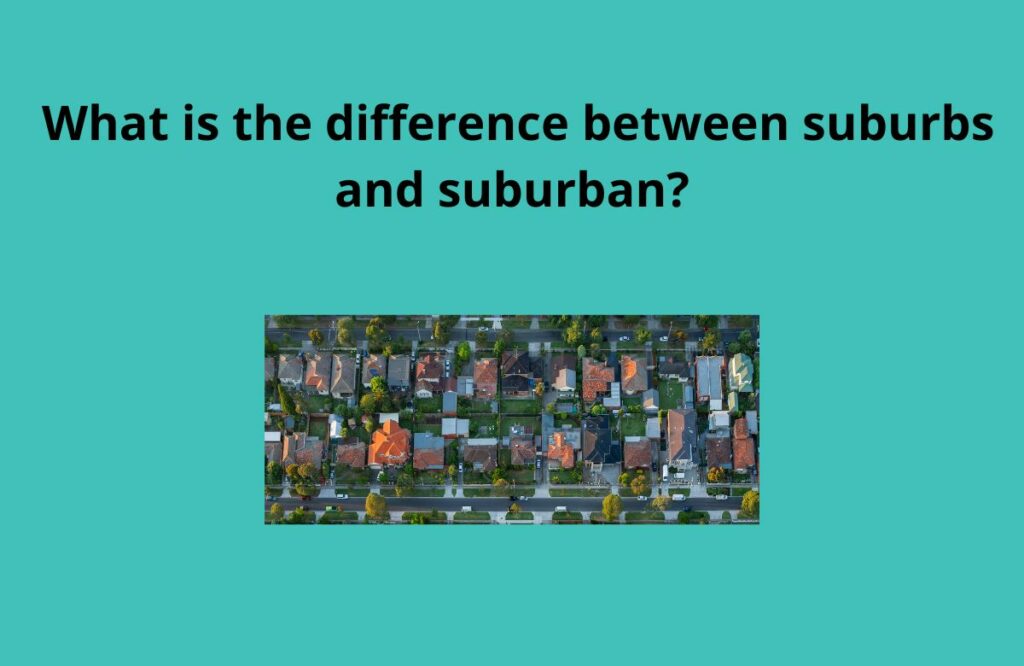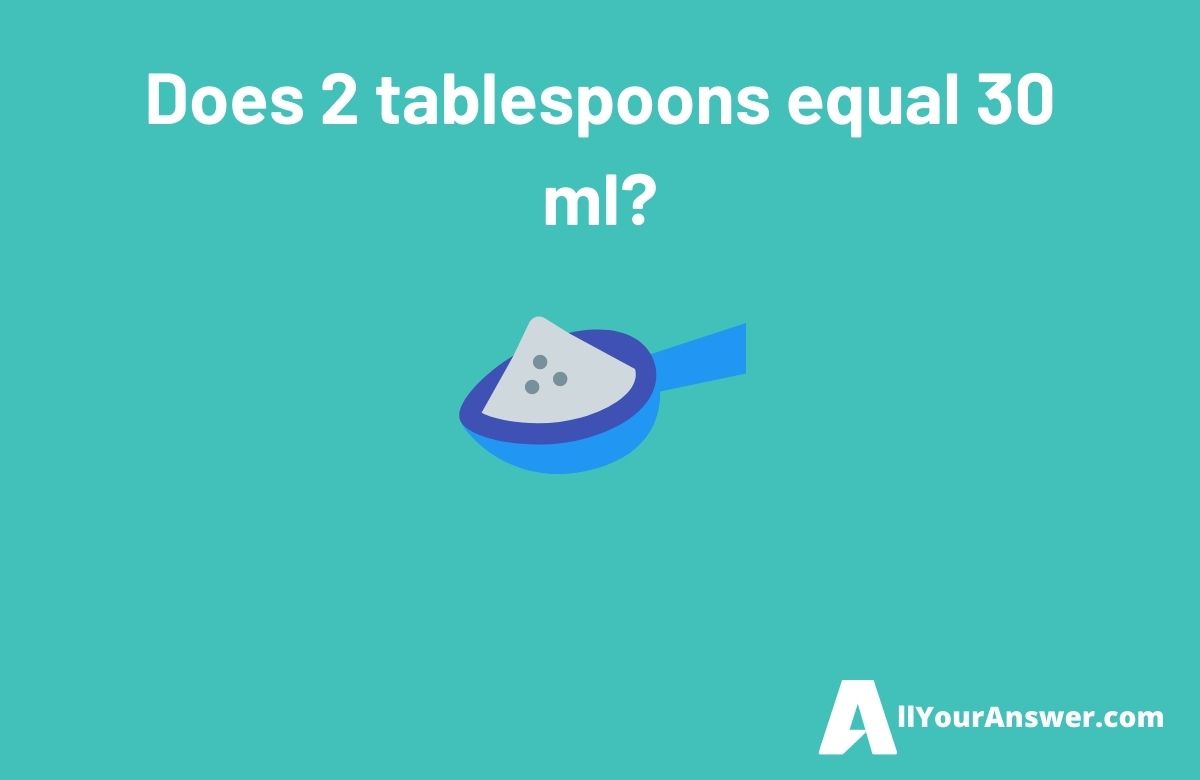An urban neighborhood is an area that is densely populated and has a high concentration of human-made structures, such as buildings, roads, and bridges. Most people who live in urban areas have jobs that are not related to agriculture. Urban areas are often very developed, with a lot of activity and interaction between people. An “urban area” can refer to a city, a town, or a suburb.
Table of Contents
1. What is the difference between urban and suburban living?
There is a big difference between living in an urban community and living in a suburb. An urban community is typically located in a city or town and is characterized by having a large population density and a variety of different types of buildings located close together. A suburb, on the other hand, is usually located just outside of a city or town and typically has lower population density than an urban area. Additionally, the homes in a suburb are often spaced further apart from each other than in an urban community.
2. What is the difference between suburbs and suburban?

The main difference between suburbs and suburban is that suburbs are typically residential areas on the outskirts of a city while suburban can describe both the residential area outside of the city or the adjective form of the word meaning relating to the suburbs. Suburbs are usually quieter and more family-oriented than downtown city life.
City-dwellers may migrate to the suburbs for this reason, as it offers a slower pace and more space. In the United States, most suburbs were initially developed following World War II as part of the baby boom when families were looking for more affordable housing options. The term “suburban” can be used as an adjective to describe things related to the suburbs, such as suburban sprawl or a suburban lifestyle. It can also be used as a noun to refer to a person who lives in the suburbs.
3. What are the types of neighborhood?
There are several different types of neighborhoods that people can choose to live in. The most common type is the urban core, which is typically the downtown area of a city. This is where most of the shops and businesses are located, as well as many of the city’s attractions. People who live in the urban core tend to be more active and have a higher standard of living than those who live in other parts of the city.
However, it is also more expensive to live in the urban core, and there is often less green space. Another type of neighborhood is the suburbs. These are usually located on the outskirts of a city, and they offer a quieter and more relaxed lifestyle. Suburbs often have bigger homes and yards than the urban core, and they are generally safer and cleaner.
However, they can sometimes feel isolated from the rest of the city, and there is often less to do in the suburbs than in the urban core. Finally, there are rural areas, which are typically outside of cities altogether. Rural areas offer a slower pace of life and usually have more opportunities for outdoor activities. However, they can be quite isolated, and there may not be as many job or education opportunities available.
4. What is the difference between suburban and suburbs?
There are a few key differences between suburban and suburbs. Suburban, as a noun, refers to an automobile with a station wagon body on a truck chassis. Meanwhile, suburb is the area on the periphery of a city or large town. In other words, suburbs are typically residential areas located outside of urban centers. Additionally, while all suburbs are considered part of the larger metropolitan area they reside in, not all suburban areas are created equal – some are more affluent than others, for example. Finally, the term suburb can also be used as a verb, meaning to live in or near a suburb.
5. What is the difference between suburbs and rural areas?
There are a few key differences between rural and suburban areas. Rural areas, as the name suggests, are typically more open and spread out than suburban areas. They also have a smaller population, and are often found in areas where people are self-sustaining off of natural resources or working in coal, copper, or oil. Suburban areas, on the other hand, tend to be more densely populated and have more residences than rural areas.
6. What are characteristics of a neighborhood?
There are many different characteristics that can define a neighborhood. Social neighborhood characteristics can include the degree and nature of social connections between neighbors, the presence of social norms, levels of safety and violence, as well as various features of the social organization of places. Economic neighborhood characteristics might include measures of income, poverty, employment, and housing costs.
Physical neighborhood characteristics could encompass the availability of parks and green space, the condition of buildings, and transportation options. And finally, neighborhoods can also be defined by their demographics, such as the racial/ethnic composition or the average age of residents.
7. What are three types of Neighborhoods?
The three types of Neighborhoods are Urban Core, Suburbs and Subdivisions. Urban core is the most common name for living in the heart of a city. It usually has a high population density and a mix of residential, commercial and office buildings. The media have introduced another term, “urban core” to describe this type of neighborhood. Suburbs are neighborhoods that are typically located outside of the urban core.
They often have lower population densities than the urban core and are mostly residential. There are as many different descriptions of the suburbs as there are neighborhoods within them. Subdivisions are neighborhoods that are created when a larger piece of land is divided into smaller parcels. These neighborhoods are usually more spread out and have less population density than the urban core or suburbs.
8. What is the difference between suburban and urban?
There is a big difference between living in an urban area as opposed to a suburban one. In general, cities have more people and there are more buildings close together. A suburb is typically located outside of the city limits and has less population density. Families often choose to live in suburbs so that they can have more space.
9. Is urban and suburban the same thing?
There are some key differences between urban and suburban communities. An urban community is typically one that’s in a city or town, with lots of people living there and different kinds of buildings close together. A suburb is usually a place where people live just outside of a city or town. One key difference between the two is density: an urban area is often more densely populated than a suburban area.
This can lead to different types of problems and opportunities for residents. For example, an urban area might have more crime but also more public transportation options. Suburban areas often have less crime but can be harder to get around without a car.
10. What do you look for in a Neighbourhood?
There are a number of things that people look for in a neighborhood when they are trying to decide if it is a good place to live. One of the most important factors for many people is the crime rate. A neighborhood with a low crime rate is generally considered to be a safer place to live, and this can also help to keep property values up in the area. Checking with local law enforcement agencies is usually the best way to get accurate information on crime rates in different neighborhoods.
11. What does urban neighbourhood mean?
An urban neighborhood typically refers to the downtown core of a modern city. This downtown area is usually not exclusive to any one particular area, but is instead the heart of the metro area. In most instances, an urban neighborhood will consist of apartment buildings, townhouses, and condominiums.
12. Is urban the same as suburban?
There is a lot of discussion about what differentiates an urban area from a suburban one. Generally, an urban community is one that’s in a city or town: lots of people live there, and there are lots of different kinds of buildings close together. A suburb is a place where people live just outside of a city or town. There are a few key ways that these two types of areas differ. For one, density is usually much higher in urban areas than in suburbs.
This means that there are more people living in a given space in an urban area than in a suburb. This also generally results in taller buildings, as there needs to be enough space for everyone to live. Additionally, public transportation is often more readily available in urban areas than in suburban ones. This is because there need to be enough transportation options to support the high number of people living there.
Finally, land use in urban areas is often more mixed than in suburban areas. This means that you can find a variety of different types of buildings and businesses all next to each other in an urban area. In contrast, suburban areas tend to have large sections devoted to single uses, like residential neighborhoods or shopping malls.
13. What is the difference between neighborhood and neighbourhood?
(More than 300 words) There are two common spellings of the word meaning ‘an area surrounding a particular place’. Neighbourhood is the spelling used in British English, while neighborhood is preferred in American English. While both spellings are pronounced in the same way, there is a subtle difference in their meanings. A neighbourhood is typically seen as a close-knit community where everyone knows each other, whereas a neighborhood can simply refer to an area without implying anything about the community living there.
So, if you live in a neighbourhood, you might know your neighbours well and consider them friends, whereas if you live in a neighborhood, you might not know the people living next door to you at all. Of course, this isn’t always the case – a neighbourhood can be a large, anonymous area just like a neighborhood – but generally speaking, the connotations of the two words are different.
The spelling neighbourhood is more common in Britain because it comes from Old French word neigheborhod, which waspronounced in a similar way to the modern British spelling. The -gh- was originally pronounced as a ‘y’ sound (as it still is in some dialects of English), so the word would have been something like ‘nye-buh-rohd’. This spelling began to be used in English in the 14th century.
The word neighbor entered English around the same time, coming from Anglo-Normanneighbour and Old French neighebor or niebor. These spellings reflected the fact that, at that time, most people pronounced the -gh- sound as if it were an ‘f’ (the same sound as in fight). So these early forms of the word would have been something like ‘nee-buh-fur’ or ‘nee-buhr’.
14. What is considered a neighborhood?
A neighborhood is an area where people live and interact with one another. Neighborhoods tend to have their own identity, or “feel” based on the people who live there and the places nearby. Residents may have similar types of families, incomes, and education level.
15. What is difference between rural urban and suburban?
There are three types of living areas – rural, urban, and suburban. Each one has a different population size. Rural areas have the least amount of people, while urban areas have the most. Suburban areas fall in between the two. Rural areas are typically more spread out than urban or suburban areas. This means that there is more land per person. Because there are fewer people, there are also fewer services available.
This can include things like stores, restaurants, schools, and hospitals. Urban areas have a much higher population density than rural areas. This means that there are more people per square mile. There are also more services available in urban areas than rural ones. However, because there are so many people living in such a small space, it can often be very crowded.
Suburban areas have a moderate population density. This means that they are not as spread out as rural areas, but there is not as high of a population density as there is in urban areas. Usually, suburban areas have some of the same services as urban areas, but not as many.
16. What is a neighborhood called?
A neighborhood is an area within a city or town that is distinguished from other areas by its distinctive character, culture, and social structure. A neighborhood is often defined by its residents’ shared experience of living in close proximity to one another.
17. What creates or constitutes a neighborhood?
A neighborhood is typically generated by social interaction among people living near one another. In this sense, they are local social units larger than households not directly under the control of city or state officials. Neighborhoods often have a strong sense of identity, which may be reinforced by shared amenities such as parks, schools, stores, and restaurants.
18. What’s the difference between suburban and urban city?
There are a few key differences between suburban and urban communities. For one, urban areas are typically found within cities or towns, while suburbs are located just outside of these municipalities. This means that urban areas tend to be more densely populated than suburbs, with a greater variety of buildings and people crammed into a smaller space. Additionally, the close proximity of neighbors and businesses in an urban environment can sometimes lead to increased noise levels and crime rates.
However, many city dwellers appreciate the convenience and excitement of being able to walk to nearby shops and restaurants. In contrast, the houses in suburban developments are usually spaced further apart from one another, providing residents with more privacy and quietude. The trade-off, however, is that these neighborhoods often lack the same level of accessibility and amenities as urban areas.
19. What is an example of a neighborhood?
A neighborhood is a group of houses or buildings that are together in an area or that are grouped together as a unit. All of the houses in your subdivision are an example of your neighborhood.
20. What are the types of areas?
There are three types of areas which are rural, urban and suburban. Let’s take a more detailed look at each one. Rural communities are usually located in more remote areas, where there is typically more space between houses. Many people think of rural areas as being farmland, but they can also include small towns or villages. Urban communities are those that are located in cities.
Cities are usually bustling with activity and have a lot of different shops and businesses. Suburban areas are a mix of both urban and rural elements. They usually have larger houses than those found in urban areas, but not as much space between them as you would find in a rural community.
21. What are three types of neighborhoods?
There are three types of neighborhoods: urban cores, suburbs, and subdivisions. Urban cores are the most common type of neighborhood in a city. They are usually located in the center of the city and are home to a variety of businesses and residences. Suburbs are another type of neighborhood that is typically located on the outskirts of a city. Subdivisions are another type of neighborhood that is often found in rural areas.
22. What are the different urban neighborhoods?
There are a variety of different types of urban neighborhoods that can be found in cities across the world. Master-planned communities are one type of urban neighborhood that is becoming increasingly popular. These communities are designed with a specific purpose in mind, such as providing a safe and secure environment for families or retirees. Urban areas, like River West in Chicago, offer a more diverse range of experiences and attractions than suburban neighborhoods.
Pocket neighborhoods are another type of urban neighborhood that is growing in popularity. These small enclaves typically consist of just a few streets and provide residents with a sense of community and security. Historic neighborhoods are another option for those who want to live in an area with character and charm. Active adult communities are perfect for retirees who want to live in a city but still have access to amenities and activities geared towards their age group.
Unincorporated areas are neighborhoods that are not officially part of a city or town but may still be within its boundaries. There are many different types of urban neighborhoods to choose from, so it is important to do some research to find the one that best suits your needs and lifestyle.
23. What is a neighborhood answer?
A neighborhood is a small area within a city or town. It is a group of dwellings and other buildings on streets that run near each other. Some neighborhoods have small houses.
24. What are the three types of neighborhood?
There are three common types of community settings in the United States: rural, urban, and suburban. Each offers its own unique features and benefits that appeal to different types of people. Rural communities are typically more spread out than other types of communities, with larger parcels of land and fewer homes per square mile. This can give residents a greater sense of privacy and connection to nature.
In addition, rural areas often have lower crime rates and cost of living expenses than urban or suburban areas. However, residents of rural communities may have to travel longer distances for shopping, entertainment, and medical care. Urban communities are densely populated areas that offer a wide variety of housing options, from high-rise apartments to row houses. Public transportation is typically easily accessible in urban areas, making it easier to get around without a car.
Residents of urban areas also tend to have greater access to jobs, restaurants, and nightlife than those who live in rural or suburban areas. However, because they are so densely populated, urban areas can sometimes feel cramped and congested. They also tend to have higher crime rates than other types of communities. Suburban communities are usually located on the outskirts of large cities. They offer many of the same amenities as urban areas but with more space between homes and businesses.
This can provide residents with a quieter, more relaxed atmosphere than what is typically found in an urban area. Additionally, suburban areas often have good public school systems and lower crime rates than inner-city neighborhoods. On the downside, suburban areas can be quite expensive to live in, and residents may have to commute long distances to work or run errands.
25. How do I know if I live in a suburban or rural area?
Assuming you would like a more specific answer: There are a few ways to determine whether or not you live in a rural area. The first is to look at the population density of your town or city. If it is low, then chances are good that you live in a rural area. Another way to tell is by looking at how close together homes and other buildings are. In general, rural areas have fewer buildings that are spread out further apart than in urban or suburban areas. There may also be more farmland and open space in rural areas than in other types of communities.
26. What are the components of a neighborhood?
There are many factors to consider when choosing a neighborhood that fits your lifestyle. Location is important, as you want to be close to recreation, shopping, restaurants, and entertainment. The neighborhood should also be safe and have great schools. Another consideration is the character of the neighborhood. Does it have a sense of community? Are there places for people to gather? Choosing a neighborhood that you feel comfortable with and that meets your needs is an important decision.
















